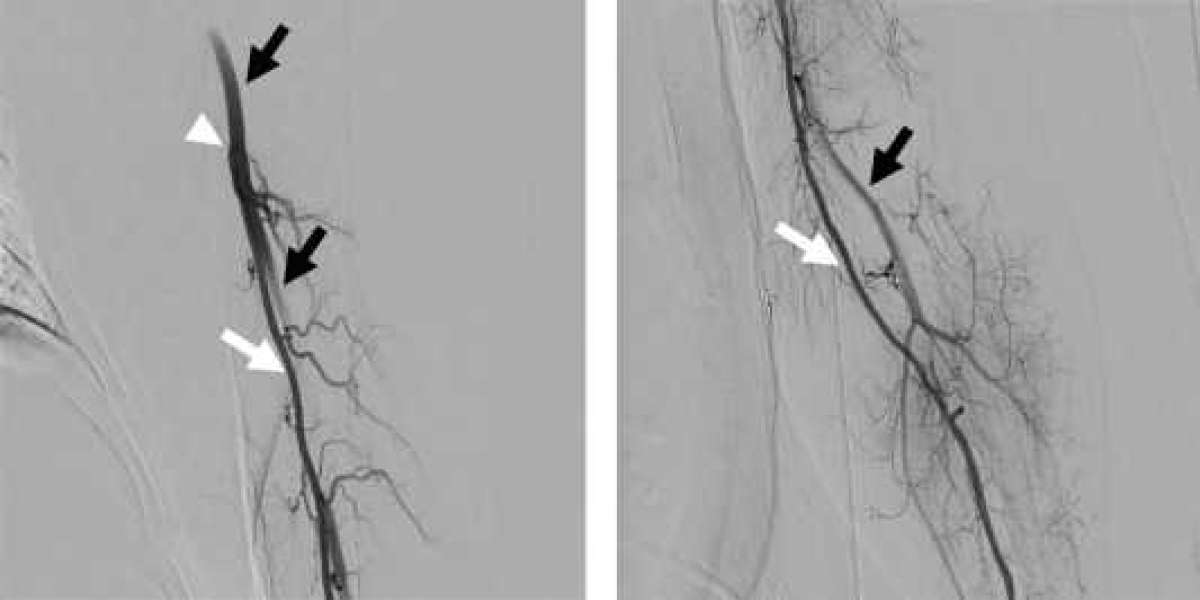Cerebral angiography, a diagnostic imaging technique, plays a crucial role in assessing blood flow within the brain's blood vessels. It involves the use of contrast dye and X-rays to obtain detailed images of the blood vessels in the brain, helping physicians diagnose various neurological conditions such as aneurysms, arteriovenous malformations (AVMs), and strokes. The global cerebral angiography market is witnessing steady growth, driven by factors such as technological advancements, increasing prevalence of neurological disorders, and rising demand for minimally invasive procedures.
Browse the full report at https://www.credenceresearch.com/report/cerebral-angiography-market
Technological Advancements Driving Market Growth
In recent years, there has been a notable surge in technological advancements in cerebral angiography techniques and equipment. The introduction of digital subtraction angiography (DSA) has revolutionized the field by providing high-quality images with reduced radiation exposure and contrast dose compared to conventional angiography methods. Additionally, the integration of advanced imaging modalities such as computed tomography (CT) and magnetic resonance imaging (MRI) into angiography systems has further enhanced diagnostic accuracy and efficiency.
Furthermore, the development of robotic-assisted angiography systems and three-dimensional (3D) imaging techniques has enabled physicians to navigate complex vascular structures with greater precision, thereby improving patient outcomes. These technological innovations not only facilitate faster and more accurate diagnoses but also contribute to the growing adoption of cerebral angiography procedures worldwide.
Rising Prevalence of Neurological Disorders
Neurological disorders, including strokes, aneurysms, and brain tumors, continue to pose significant healthcare challenges globally. According to the World Health Organization (WHO), neurological disorders affect millions of people worldwide and are a leading cause of disability and mortality. As the incidence of these conditions rises, the demand for advanced diagnostic imaging techniques such as cerebral angiography is expected to increase proportionally.
Moreover, an aging population and changing lifestyles characterized by factors such as sedentary behavior and unhealthy diet contribute to the growing prevalence of neurological disorders. Consequently, healthcare providers are increasingly relying on cerebral angiography to accurately diagnose and treat these conditions, thereby driving market growth.
Shift towards Minimally Invasive Procedures
Minimally invasive procedures have gained immense popularity in the field of medical imaging and intervention due to their numerous benefits, including reduced risk of complications, shorter recovery times, and improved patient comfort. Cerebral angiography has undergone a significant transformation with the advent of minimally invasive techniques such as endovascular angiography and embolization.
Endovascular procedures involve accessing the blood vessels through a small incision in the groin or wrist and navigating catheters and guidewires to the site of interest within the brain. This approach offers patients a less invasive alternative to traditional open surgeries for treating conditions such as aneurysms and AVMs.
Additionally, advancements in embolization techniques, such as the use of detachable coils and liquid embolic agents, have expanded the scope of endovascular interventions for treating vascular abnormalities in the brain. The shift towards minimally invasive procedures is expected to drive the demand for cerebral angiography equipment and accessories, further fueling market growth.
Key player:
- Siemens Healthineers AG
- GE Healthcare
- Koninklijke Philips N.V.
- Canon Medical Systems Corporation
- Shimadzu Corporation
- Medtronic plc
- Stryker Corporation
- Terumo Corporation
- Boston Scientific Corporation
- AngioDynamics, Inc.
- Penumbra, Inc.
- MicroPort Scientific Corporation
- Cook Medical LLC
Segmentations:
By Procedure Type:
- Fluoroscopy Angiography
- CT Angiography
- Magnetic Resonance Angiography (MRA)
By Technology:
- Magnetic Resonance Angiography
- Computed Tomography
- Ultrasound
- Nuclear Imaging
- X-ray
By End User:
- Hospitals
- Diagnostic Imaging Centers
- Others
By Region:
- North America
- The U.S.
- Canada
- Mexico
- Europe
- Germany
- France
- The U.K.
- Italy
- Spain
- Rest of Europe
- Asia Pacific
- China
- Japan
- India
- South Korea
- South-east Asia
- Rest of Asia Pacific
- Latin America
- Brazil
- Argentina
- Rest of Latin America
- Middle East Africa
- GCC Countries
- South Africa
- Rest of the Middle East and Africa
About Us:
Credence Research is committed to employee well-being and productivity. Following the COVID-19 pandemic, we have implemented a permanent work-from-home policy for all employees.
Contact:
Credence Research
Please contact us at +91 6232 49 3207
Email: [email protected]







